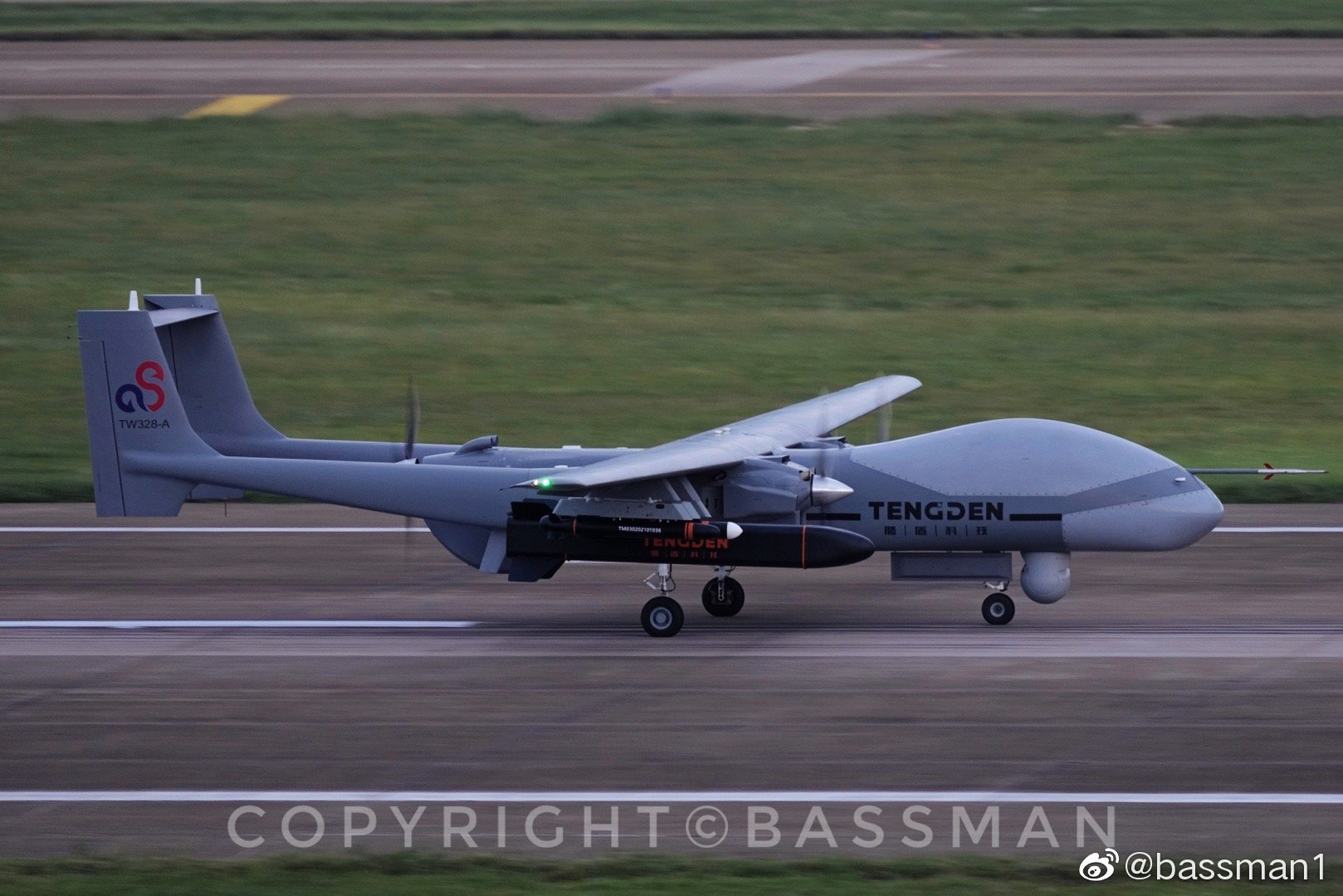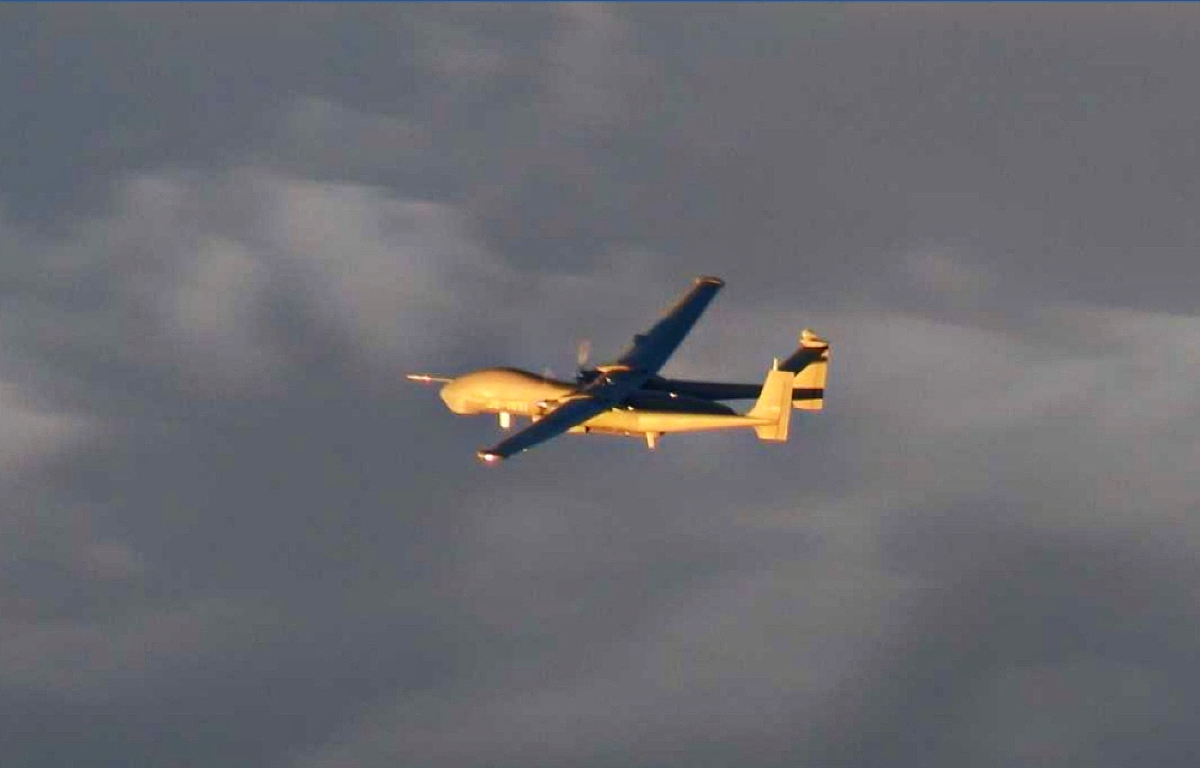As tensions between the US and China over a possible visit by US House Speaker Nancy Pelosi to Taiwan hogs the global limelight, recently, China’s TB-001 UAV flew around Taiwan’s eastern waters completely undetected.
The UAV was initially tested as a fire-extinguishing aircraft and had tremendous demand within China’s domestic market. It was flown between Japan and Taiwan at the peak of the tensions between the US and China over Pelosi’s potential visit to the Islands.
A December 2021 video showed the tri-engine drone dropping a fire-dousing bomb on a sandy region in Sichuan. Its latest use to deter Japan and Taiwan indicates it has been adopted for a military role.
It hit the headlines on July 26, when the Japanese Defense Ministry reported it flying from the East China Sea through the Miyako Straits between the Japanese islands of Okinawa and Miyakajima. After reaching the Pacific Ocean, the TB-001 flew past the Sakashima Islands and headed to north-eastern Taiwan.

Is Taiwan Vulnerable To Drones?
It was meant to observe Taiwan’s annual Han Kuang military exercises, with China preparing for a military intervention to retake the island.
It flew off the coast of Taiwan’s Yuelian Country, deep inside the eastern sector of Taiwan’s Air Defence Identification Zone (ADIZ). It’s possible the UAV passed through the Bashi Channel and returned to China.
China Is Expanding Nuclear Test Facilities; New Satellite Images Reveal Dragon’s Dangerous Plans
The Basi Channel on the northern part of the South China Sea is of great interest to China, given the presence of US vessels and submarines in the area, with many Chinese entries into Taiwan’s ADIZ.
Japan’s Air Self-Defense Force (ASDF) sent several fighters to intercept the TB-001, which had not entered Japan’s airspace. That flight is perceived to have responded to Japan’s latest Defense White Paper.
China’s Ministry of Defense spokesperson Senior Colonel Wu Qian, said the paper “exaggerates the so-called ‘China military threat’ and creates regional tensions.” The Defense of Japan 2022 had separate summaries in English and Chinese and identified China, Russia, and Japan as threats.

A Global Times article boasted Taiwan could not detect the UAV that exposed the “island’s defense vulnerabilities against drones…(which) the PLA can abuse.” That Taiwan’s leading outlet, Taiwan News, did not quote its own Ministry of National Defense (MND) report and cited Japanese Ministry of Defense press releases lends credibility to this claim.
It confirmed the military objective to check the Han Kuang drills, a warning to Taiwan’s independence and secessionist and foreign interference forces.
The report also identified the drones as of “lower cost,” meaning they are highly attritable, which China can afford to lose and still use in large numbers.
Originally A Firefighter?
Interestingly, this drone has also received orders from the Chinese domestic market as it can carry 200 kilograms of satellite-guided fire extinguishing bombs.
It started its fire extinguishing missions in December 2021, when a video showed it dropping a bomb that exploded mid-air over a simulated fire. The bomb releases a cloud of what looks like fire-snuffing smoke.
The satellite-guided bombs are also controlled by sensors on board the UAV and can suppress fires in an area up to 4850 square feet.
The video begins with a crew preparing large fire-retardant bombs, filling them with fire extinguishing material before carting them off to attach them to the drone’s wing pylon.
It was first unveiled in September 2017, and in 2020, a new three-engine variant was announced, which would participate in the Zhuhai Air Show. It has a double tail design similar to the World War 2-era P-38 Lightning fighter.
The three-turbocharged piston engines rotate a three-blade propellor each – two on the main wings and one on the rear of the fuselage.
It has a maximum take-off weight of 3,200 kilograms, a payload of 1,500 kilograms, and a maximum service ceiling of 9.500 meters. The maximum flight duration is 35 hours, with an endurance of 4,828 kilometers.
It can carry multiple missiles, guided bombs, and photos on social media that show it sporting a steerable electro-optical system, meaning it has standard surveillance and reconnaissance capability.
It is also being considered for export after it was claimed that the drone had been identified by Saudi Arabia to be manufactured locally in the Kingdom under a Transfer-of-Technology (ToT) agreement with Alam Technologies.
Flying the first such “full-circle” flight around Taiwan, the drone is also capable of attack, target identification, damage evaluation, electronic warfare, and communications relay.
- The author can be reached at satamp@gmail.com
- Follow EurAsian Times on Google News




